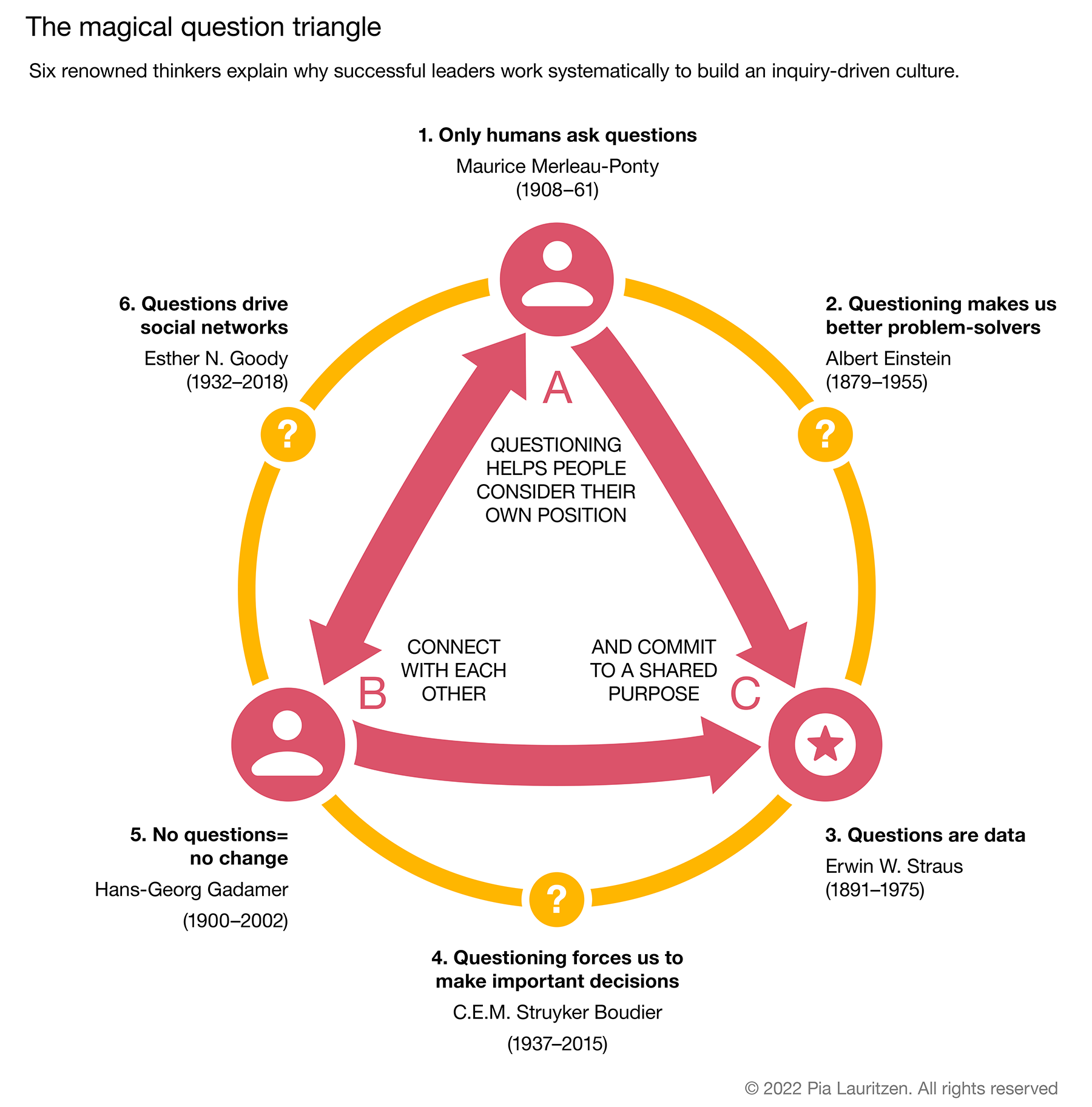Can automated test tools eliminate QA?

The traditional quality assurance process is multi-step and requires at least
two types of software testers: The first tester exercises data edit and
processing functions in applications, and they ensure that all of these
processes are working correctly. The second QA tester is more familiar with the
business’s needs and how the application should address them. This tester is
usually savvy about application technical details as well as the business
systems with which the application is going to interact. But there’s more to QA
than just these two front-running functions. Applications must be
integration-tested to ensure that they interact and exchange data with all of
the different systems and data that they work with. They must also be moved to
application staging areas where they can be regression tested. This ensures that
they don’t break any other existing software with which they interface and that
they can run the maximum amount of transactions for which they were designed in
production. From an IT standpoint, applications must pass through all of these
hurdles before they can go live.
The downside of digital transformation: why organisations must allow for those who can’t or won’t move online
Through our current research we find the reality of a digitally enabled society
is, in fact, far from perfect and frictionless. Our preliminary findings point
to the need to better understand the outcomes of digital transformation at a
more nuanced, individual level. Reasons vary as to why a significant number of
people find accessing and navigating online services difficult. And it’s often
an intersection of multiple causes related to finance, education, culture,
language, trust or well-being. Even when given access to digital technology and
skills, the complexity of many online requirements and the chaotic life
situations some people experience limit their ability to engage with digital
services in a productive and meaningful way. The resulting sense of
disenfranchisement and loss of control is regrettable, but it isn’t inevitable.
Some organisations are now looking for alternatives to a single-minded focus on
transferring services online. Other organisations are considering partnerships
with intermediaries who can work with individuals who find engaging with digital
services difficult.
Authentic leadership: Building an organization that thrives
Becoming an authentic leader takes a lot of self-reflection and self-awareness.
You’ll need to work to understand yourself and others, using empathy and
compassion as your driving force. For examples of authentic leadership in the
tech industry, you can look to former CEO of Apple Steve Jobs, former CEO of GE
Jack Welch, former CEO of Xerox Anne Mulcahy, and former CEO of IBM Sam
Palmisano. These leaders are all known for their authentic leadership styles
that helped them drive business success. To become an authentic leader, you’ll
need to embark on a path of self-discovery, establish a strong set of values and
principles that will guide you in your decision-making, and be completely honest
with yourself about who you are. An authentic leader isn’t afraid to make
mistakes or to own up to mistakes when they happen. You’ll need to make sure
you’re someone who takes accountability, maintains calm under pressure, and can
be vulnerable with coworkers and employees. It’s important to know your own
strengths and weaknesses as an authentic leader and to identify how you cope
with success, failure, and setbacks.
Reporting to build trust: A framework
Whether you’re preparing an integrated annual report or a stand-alone
sustainability report, the publication has to be informed by steps one and two.
It’s also critical to put the right resources in place, in terms of both time
and people, along with the right incentives and the right oversight. Companies
can truly be confident in what they report only when it is subject to board
oversight, relevant to the company’s strategy, and has the right governance,
systems and controls in place to measure progress towards targets and plans.
Many large companies that have teams of hundreds working on financial reporting
often have only a handful of people working on sustainability reporting. Even
with the best intentions, less-resourced areas have a higher potential to miss
something that turns out to be critically important. The business world’s
financial reporting capabilities have been built over 170 years. When it comes
to sustainability reporting, we need to move quickly to build the right
capabilities—using what we’ve learned from financial reporting. And if
sustainability reporting is to be on par with financial reporting for informing
resource allocation decisions, it needs to be just as robust and
relevant.
Six reasons successful leaders love questions

Comparing questions to dreams is Straus’s way of saying that questions hold the
key to better understanding the subconscious dimensions of the person asking the
questions. It can be extremely difficult to understand why employees think the
way they do, and how to help them change their mindset and behavior if required.
It then stands to reason that questions might also help leaders better
understand the culture and habits of their organization. In his 1988 article,
“Toward a History of the Question,” Dutch philosopher C.E.M. Struyker Boudier
writes, “In and by way of his questions the human being can reach out to the
divine, and likewise degrade himself to the demonic inferno of evil.”
Questioning forces people to the line between good and bad, yes and no, pro and
con. Asking questions is closely related to making a choice. We cannot address
everything at once, so to ask a question, we must decide what to focus on and
how. We have the choice to take an approach that is optimistic or pessimistic,
abstract or concrete, individual or collective, broad or narrow, past- or
future-oriented, etc.
Discovering the Versatility of OpenEBS
OpenEBS provides storage for stateful applications running on Kubernetes;
including dynamic local persistent volumes (like the Rancher local path
provisioner) or replicated volumes using various "data engines". Similarly to
Prometheus, which can be deployed on a Raspberry Pi to monitor the temperature
of your beer or sourdough cultures in your basement, but also scaled up to
monitor hundreds of thousands of servers, OpenEBS can be used for simple
projects, quick demos, but also large clusters with sophisticated storage
needs. OpenEBS supports many different "data engines", and that can be a bit
overwhelming at first. But these data engines are precisely what makes OpenEBS
so versatile. There are "local PV" engines that typically require little or no
configuration, offer good performance, but exist on a single node and become
unavailable if that node goes down. And there are replicated engines that
offer resilience against node failures. Some of these replicated engines are
super easy to set up, but the ones offering the best performance and features
will take a bit more work.
Cyber Resiliency: What It Is and How To Build It

Creating a cyber-resilience plan requires buy-in and input from all parts of
the organization, including finance, IT, and operations. “It’s important that
departments work together to classify information and risk, as well as to
determine where to put controls and where responsibilities lie,” Piker says.
“Once a plan has been agreed upon, a budget must be carved out to fund the
actual implementation of the plan.” It's important to engage the entire
organization. “This is not just a technical issue under the control of a CIO
or CISO,” Adkins says. “Your employees and vendors can play a critical role in
spotting potential attacks to limit their impact.” Additionally, with the
continuing trend toward remote work, employee cyber awareness and training is
more important than ever. “This means formal policies, training, exercises
simulation, and ongoing analysis of risks,” Adkins says. Adkins advises
organizations to use tabletop exercises to test incident practices and times.
“It's much easier to fix a flaw in your planning and processes when you’re not
in the middle of a crisis,” he says.
How kitemarks are kicking off IoT regulation
Interestingly, all those we have seen apply for the scheme have chosen to go
for Gold because they want to be seen to be adhering to the highest levels and
it’s been attracting some big international consumer brands. The smaller
players that previously had difficulty understanding and navigating the red
tape involved in the Code of Practice/ETSI have also valued the guidance and
human touch of an assessor. The theory is that the product assurance scheme
will spur compliance ahead of the PSTI, making the transition that much easier
for the IoT industry, and the fact that many have aimed high suggests the
approach is working. Manufacturers like the visibility conferred by the badge,
which then becomes a differentiator in the marketplace, as well as ensuring
future compliance. It’s for these reasons that many watching the assurance
rollout with interest. IoT kitemark schemes vary internationally, from labels
that denote compliance with a set of cybersecurity criteria, to a single label
that attests basic security features are provided, to several tiers or even a
label that lists cybersecurity information about the IoT device.
4 tips for leading remote IT teams

Traditional enterprises tend to have a “we will train our employees only as
much as we have to” mentality. However, this approach will make your employees
more likely to seek other opportunities where they feel more valued and
prepared. Of course, there is always the risk of employees leaving with their
newfound skills, but having undertrained employees can be worse for your
business and the organization. Set aside a generous annual budget for training
and development and help map out a personalized training path for each
employee. This is critical to employee happiness and long-term business
planning. These plans should also demonstrate growth opportunities that
benefit each employee – not just the organization. In-person training is
great, but don’t underestimate the value of virtual training. While a personal
connection with instructors can often provide more knowledge and attention,
the convenience of virtual training makes it a popular alternative these days.
Encourage your employees to explore training opportunities where they’re
located.
How Microcontainers Gain Against Large Containers
A microcontainer is an optimized container modified toward better efficiency.
It still contains all the files to provide more scaling, isolation, and parity
to the software application. However, it is an improved container, with an
optimized number of files kept in the image. Important files left in the
microcontainer are shell, package manager, and standard C library. In
parallel, there exists a concept of ‘distroless’ in a field of containers,
where all the unused files are fully extracted from the image. It is worth
emphasizing the distinction between the concept of microcontainer and
distroless. Microcontainer still contains unused files, as they are required
for the system to stay completed. Microcontainer is based on the same system
of operation as the regular container and performs all the same functions,
with the only difference that its internal files have been enhanced and its
size got smaller due to the improvements done by developers. Microcontainer
contains an optimized number of files, so it still includes all files and
dependencies required for application run, but in a lighter and smaller
format.
Quote for the day:
"The first task of a leader is to keep
hope alive." -- Joe Batten
No comments:
Post a Comment